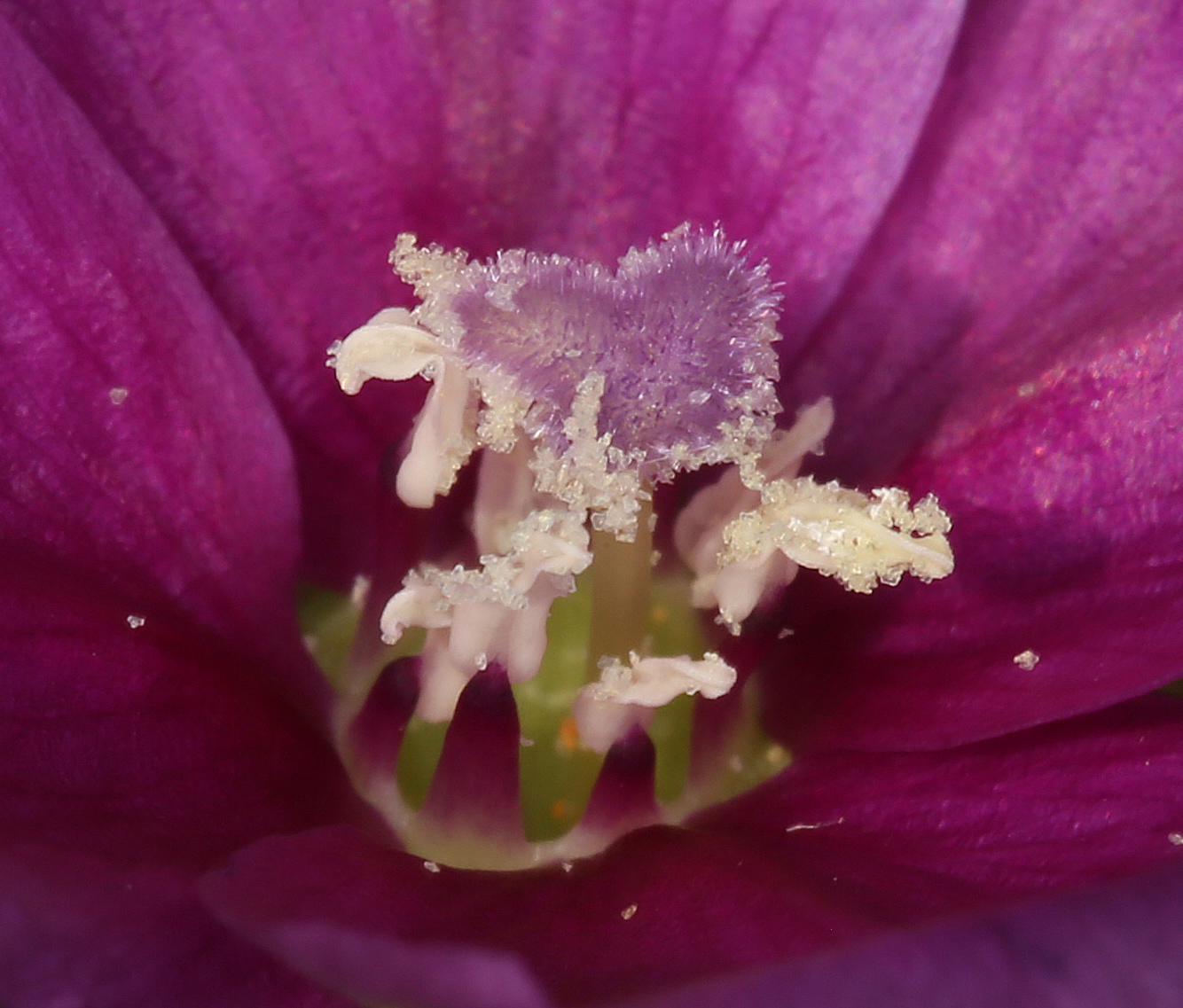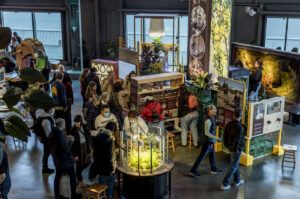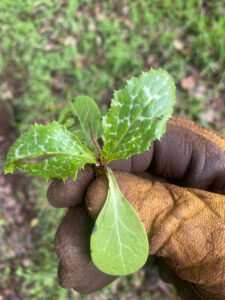Just as summer heat turns our landscape golden, California is gifted with joyful pink dapples in grasslands, chaparral, and oak woodlands—Clarkia. The flowers of this genus are in the evening primrose family, and are found only in western North America (with the exception of one South American species). There are 40 species in California listed on Calflora, with about 20 in the Bay Area, all with a variety of delightful shades of bright pink and purple petals.
Flower fiends appreciate them because they’re some of the last blooms we see before most plants senesce, or hibernate, during our dry, hot summer and fall. Most local plants go to seed or otherwise preserve energy until the rain arrives and growth resumes. There are some notable dry-season exceptions like buckwheat, which blooms into autumn, and some coastal flowers that can bloom very late. But overall it’s a more muted and quiet time, florally speaking.

For the record, I have absolutely nothing against muted colors and slower blooms. The golden hills of summer are striking, and there is so much to appreciate outdoors during the warmer months, even with subdued colors. Once, during the early fall at a coastal park, a naturalist tour guide commented on my fascination with a very small, very beige, and brown flowering rush, noting, “Oh, you even like the little brown things.” (For the record, yes I do. Very much so.) But I digress.
No matter your preference, it’s impossible to deny the charm of the gorgeous and varied petals of clarkias. Colorwise, the four-petaled flowers mostly stick to variations on a theme of pink, but that’s where the similarities stop. These species exhibit a dizzying array of textures, patterns, and shapes. The common name for many species is ‘farewell to spring,’ and I can’t think of a more fitting title, as it feels like a literal wave goodbye in a flash of color when the wind blows through its petals.
Clarkia species are culturally and historically significant to our region. The entire genus is named for William Clark, of the Lewis and Clark expedition, who described one of its flowers. Nowadays there is a local push in the native plant world to rename the genus as Yorkia—after York, the Black man enslaved by Clark. “We acknowledge the erasure of black people in environmental spaces,” the nonprofit San Bruno Mountain Watch wrote. “We wish to recognize York rather than William Clark and we urge other native plant nurseries and botanists in California to do the same.”
Long before either Clark or York, seeds from these plants were a historically important food source for Coast Miwok and other tribes. They were, along with other seeds and nuts, ground into a porridge-like food or pinole, or baked into huge (up to 10-pound!) loaves. Clarkia seeds are difficult to remove, and many California tribes developed innovative methods for extracting them; the Sierra Miwok cut and sun-dried the flower stalks to speed up the seeds’ release. In her book Enough for All, Kathleen Rose Smith describes a modern adaptation of pinole made “from raw grains purchased at grocery stores or health food stores” that are then toasted and then ground.
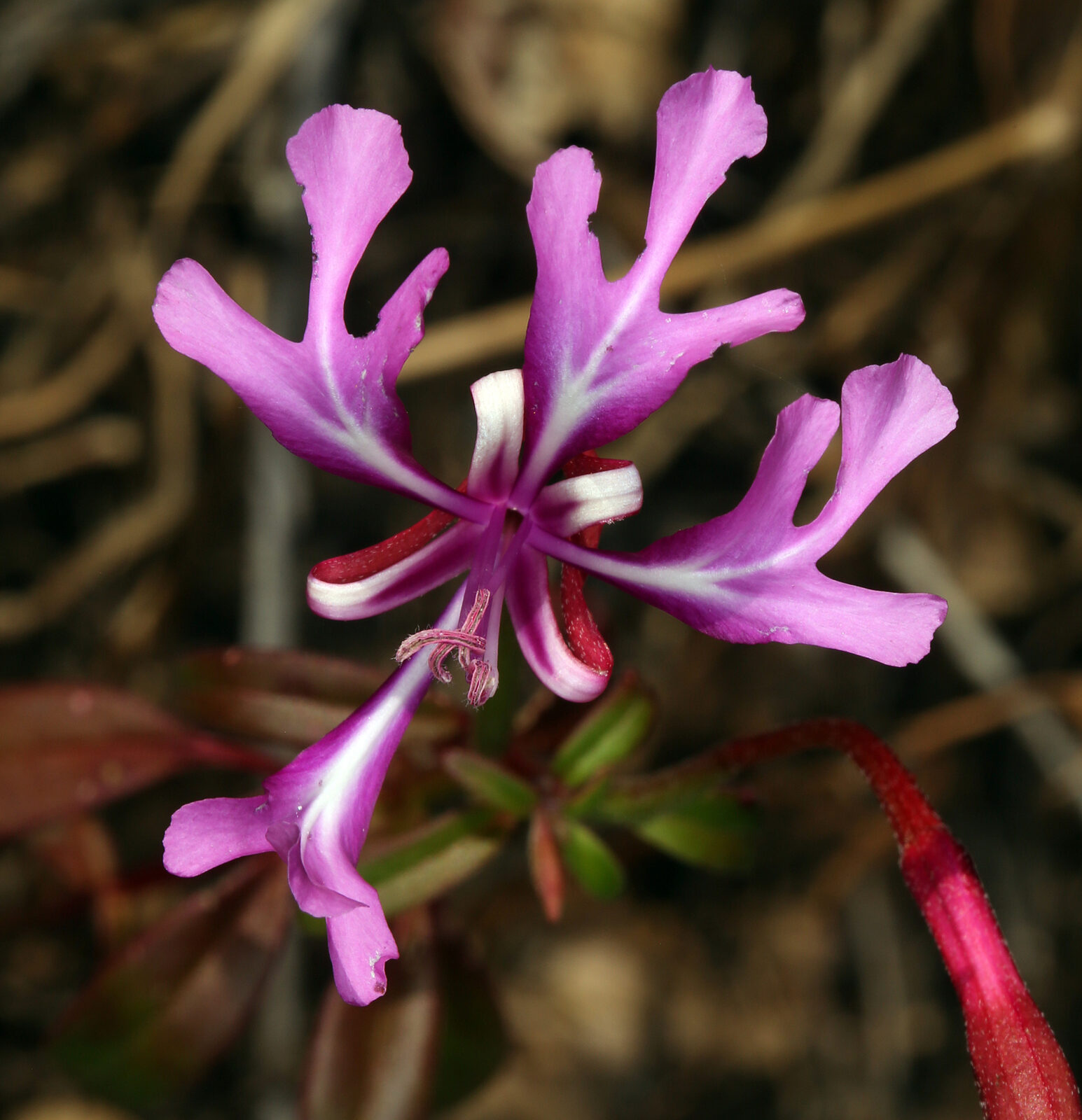
Resilient and adaptable, these little flowers are phenotypically plastic, meaning they can change relatively quickly—a handy tool for plants that live on the brink of seasonal extremes. Chromosome duplication is incredibly common, resulting in physical alterations between even flowers of the same species. Winecup clarkia (Clarkia purpurea), for example, includes three subspecies with marked variations: they may be all pink, have streaks of red, or sport a single bullseye spot. Species vary notably in petal shape and size—smaller flowers are better at retaining moisture, which could be why some woodland species of Clarkia have long elaborate petals, while many of their less-shaded grassland cousins have humbler, shorter ones. Their brilliant shades are another incredible adaptation. The deep pinks and purples come from anthocyanin, a chemical component also found in red grapes: the compound can be correlated with reduced herbivory, and contributes to UV protection as a kind of natural, purple-tinted sunscreen.
Clarkia flowers can self-pollinate, which is especially helpful if pollinator populations are low, promising a next generation no matter what happens. That being said, it’s quite popular with pollinators. Two rely upon it: the clarkia evening bee (Hesperapis regularis), which eats the nectar and pollen, and the Clark’s sphinx moth, which exclusively lays its eggs on Clarkia unguiculata.
Nothing welcomes the coming summer months quite like the distinct and various Clarkia flowers. Their delicate petals and vivid colors always bring a smile to my face. Whether in forests or grasslands or even on road cuts, you are likely to spot some. Here are some tips on species of note, and where to find them in our area.
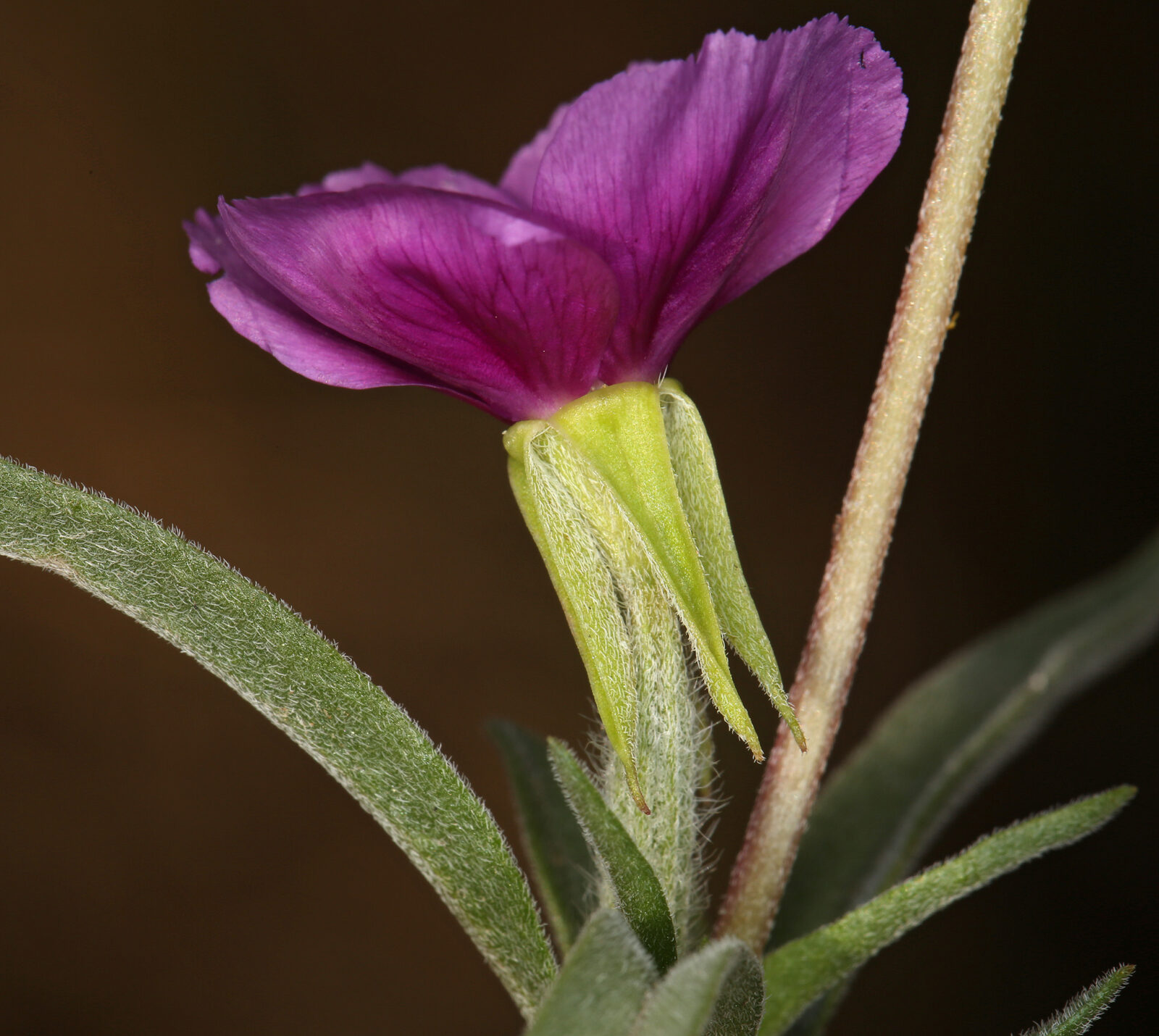
The Plentiful
Winecup clarkia (Clarkia purpurea): One of the most common local Clarkia species. There are three distinct subspecies, all with vibrant purple petals. You can spot this abundant flower in grasslands, shrublands with enough open space, and even on roadsides all throughout the region.
Ruby chalice clarkia (Clarkia rubicunda): This light pink bloom is only found in central California, and abundant in the Bay Area. As the common name suggests, it sometimes has a ruby-red bullseye in the center of the flower. Find this abundant flower in grasslands, shrublands with enough open space, and even on roadsides.
Farewell to spring (Clarkia amoena): The Bay Area is its southernmost range and can be found as far north as British Columbia. It can grow as tall as a meter and is light pink with dark pink streaks.
Red ribbons (Clarkia concinna): A long-petaled beauty. There are a few subspecies and many can be found in wooded areas.
Slender clarkia (Clarkia gracilis): Plentiful in Marin County with many subspecies.
The Striking and Unusual
Elegant clarkia (Clarkia unguiculata): Endemic to California and unlike some other species grows in partial shade of forests, especially oak woodlands. Unique, long petals.
Two lobed clarkia (Clarkia biloba): This species has long, lobed petals. It is found in Contra Costa County, which is the westernmost part of its range; it thrives in the Western Sierra foothills.
The Rare or Endangered
Presidio clarkia (Clarkia franciscana): With two known locations in the Presidio and three in Oakland, this is a federally and state-listed endangered species. Populations vary each year; sometimes none appear, and sometimes they are plentiful, depending on conditions.
Vine Hill clarkia (Clarkia imbricata):: Endangered, and has an extremely limited population in a restricted-access area of Sonoma County managed by the California Native Plant Society.
Brewers clarkia or fairy fans (Clarkia breweri): These beautiful blooms remind me of a mandala. Populations are found in chaparral or woodlands on the east side of Sonoma County and in Contra Costa, Alameda, Santa Clara, Santa Cruz, Napa and Monterey counties. Rare!

